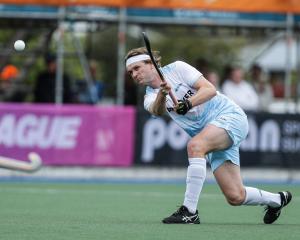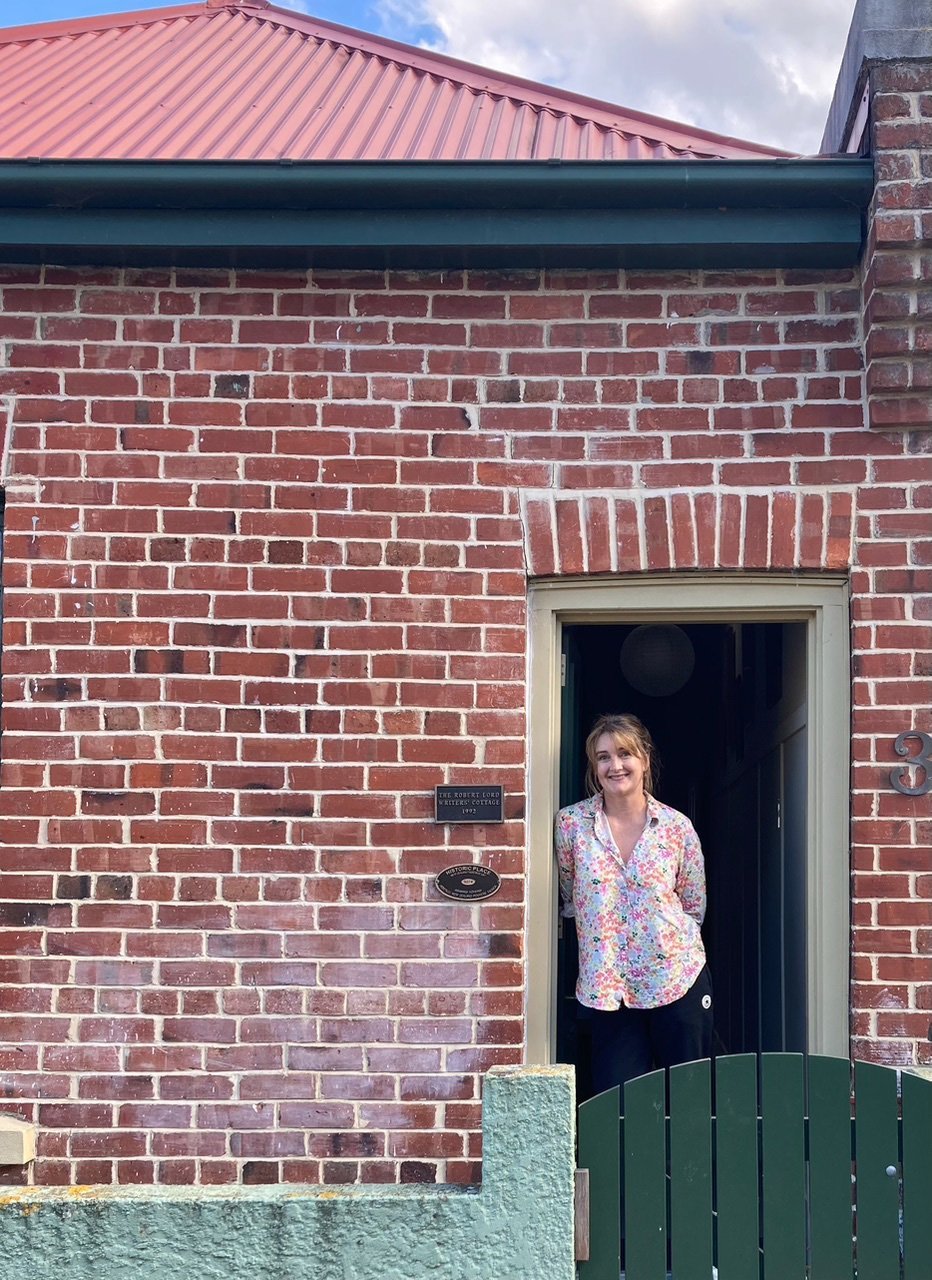
"Sid", the cocky, talking cockatoo from Dunedin Botanic Garden, has a new fan — writer Ruth Paul.
"He became a good friend," Paul, this year’s University of Otago College of Education Creative New Zealand Children’s Writer in Residence Fellow, says.
The gardens and a visit to see Sid became a regular activity for Paul, who made the most of getting to know Dunedin and its wildlife for the first time during the fellowship when she was based at the Robert Lord cottage.
An award-winning children’s picture book author and illustrator of 30 titles, Paul admits Sid might even be immortalised in a future book.
"Living in Dunedin is bit like living in a picture book, full stop.
"The experiences I’ve had will slowly filter through ... it’ll suddenly coalesce and the subconscious stuff will pop out, but I can never quite tell when that’ll be.
"Sometimes its serendipity, sometimes you have to sit down and squeeze out some ideas."
Animals have always featured heavily in Paul’s books — lions, dogs, frogs and even jellyfish — I Am Jellyfish won picture book of the year at the New Zealand Post Book Awards in 2018 — and dolphins.
"I love animals and kids love them.
"They are a stand in for a lot of human emotions, but you don’t have the issues of race and ability and age.
"There are all sorts of things you can do with animals that you can’t do depicting humans."
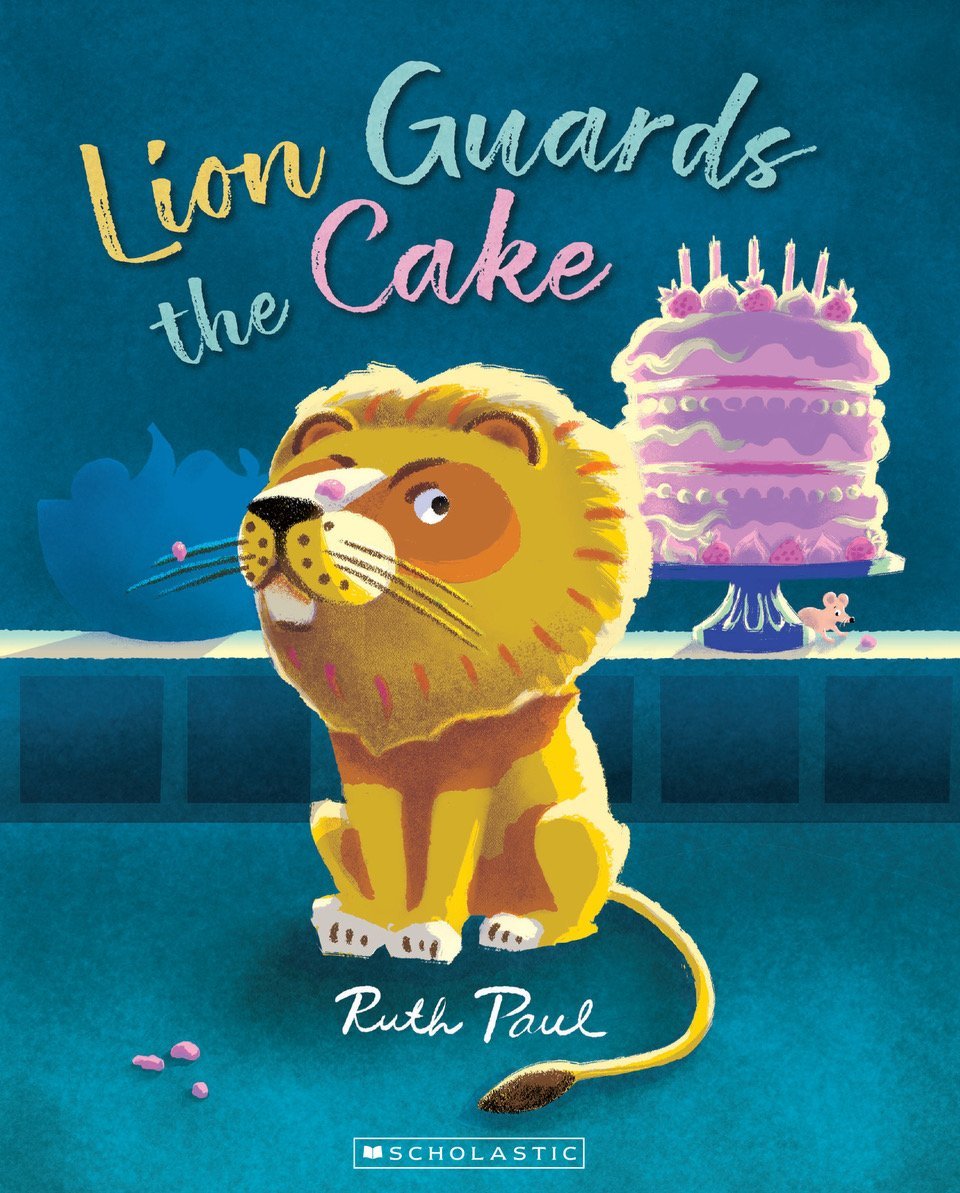
"I seem to use them more by accident than design."
Paul, who lives on a small farm in the Wellington region, illustrates as well as writes the books, although she started off as an illustrator after doing an arts degree at Victoria University and a diploma of visual communication design at what is now Massey University in Wellington.
It was not until she had children that Paul began to write as well as illustrate books, something that worked well around raising children.
She studied English at Victoria University and art at Massey, so putting the two sets of skills together "works really well".
"I wouldn’t have had the confidence to do it."
However, she discovered doing both gave her greater control of the story and enabled her to change either aspect part way through a project if something was not working, something she was loath to do with another writer.
"I can adjust things to fit, so the drawings and story are more locked in step."
There is also the practical side — doing both the writing and illustrating meant all of the royalties went to her, not half.
"If you can double up it can make a financially unrewarding career less financially unrewarding."
Surprisingly, she discovered that, for her, writing was actually easier than illustrating a children’s book,
Her first book as author and illustrator was The Animal Undie Ball, and she has gone on to write many more.
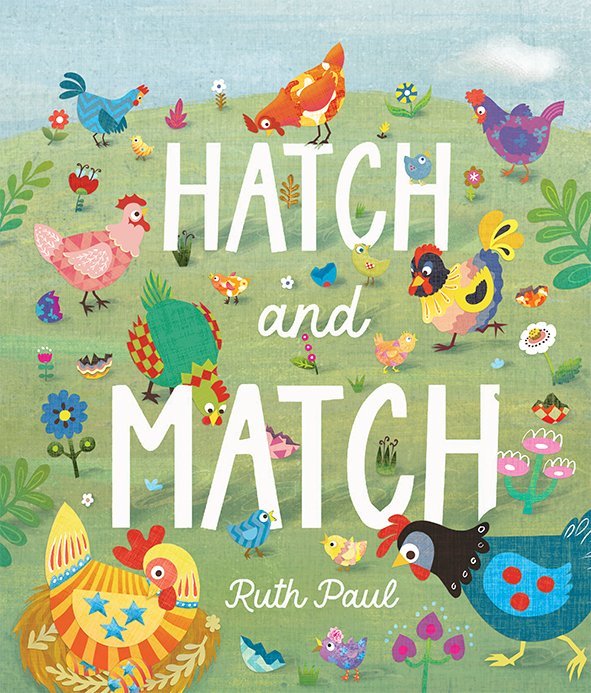
Some, such as The Animal Undie Ball, have been produced as stage performances and others — Superpotamus and Two Little Pirates — have featured on an Australian preschool television series. Bad Dog Flash was published as an e-book in the US.
As a new mum 20 years ago, she was reading more picture books but did not share her own work with her children as they had watched her making them.
"At the end of it they were completely over it.
"When they have children they might read them and go ‘Oh, is that what mum did’."
These days she still reads picture books, but admits it is not the same unless she borrows a great niece or nephew to read to.
"Now I just read that stuff myself anyway, but it’s not quite the same as reading as an interaction."
Paul came to Dunedin for the fellowship with plans to finish three picture book stories — The Farmer’s Pyjamas, You Can’t Pat a Fish and Candy Rapper and the Flash Trash Crew — and if she had time work on a mid-grade novel.
"Picture books are my stock and trade and generally I don’t have that many words.
"It seemed a good place to attempt something you might fail at, as you have the space and the time, which is usually unheard of creatively, as you are trying to pay the bills."
Not only did she have time, she wrote 25,000 words for the novel she describes as "magical realism based in the natural world", thanks to the luxury of not having the usual requirements of everyday life intrude.
"But I don’t know if any of its good or not. That is something you work on next. I don’t know what its value is yet."
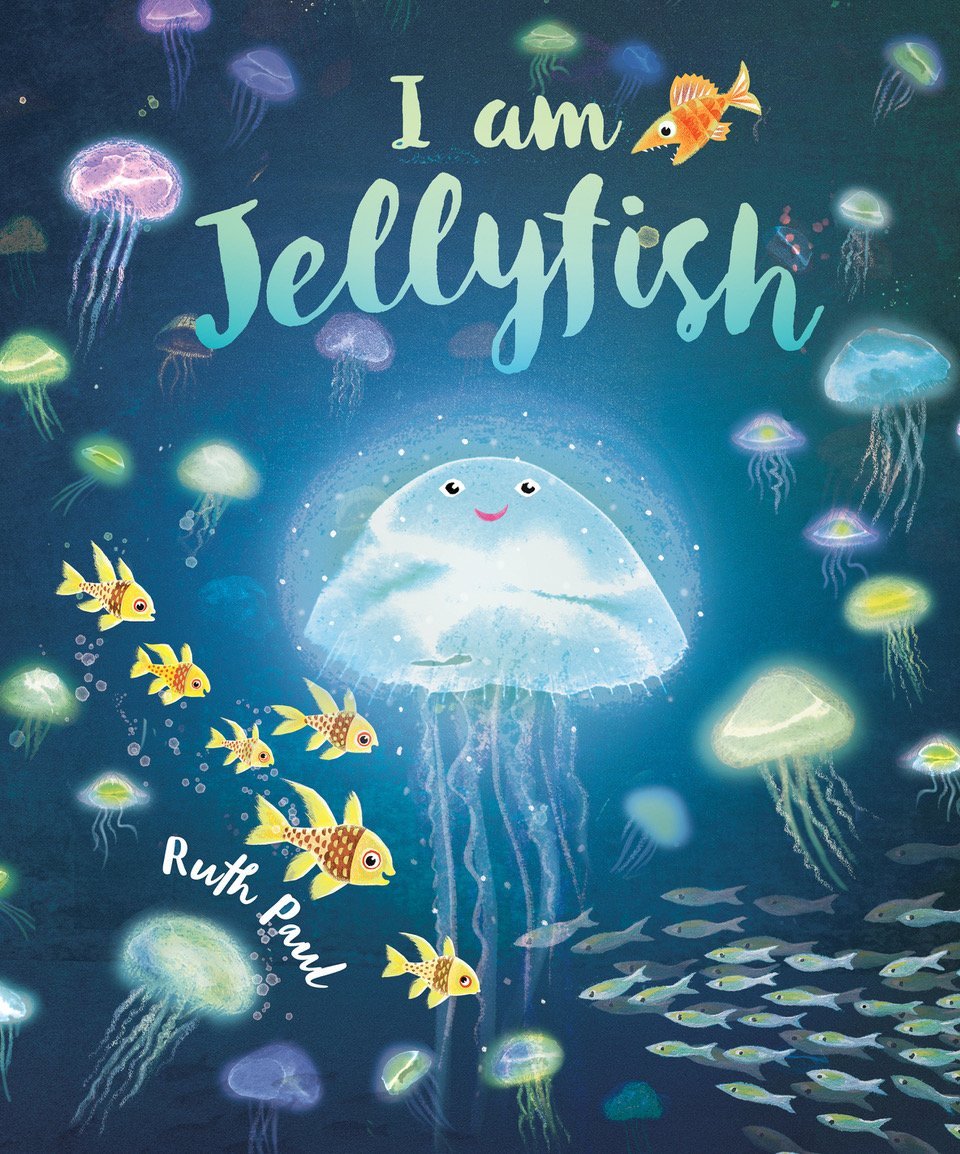
"Writing a novel is as complicated as putting both forms together.
"A picture book is concise, you have to work within about 500 words, but the complexity of a larger novel with plot twists and different settings is a lot to get your head around and you have to keep tabs on everyone."
For the first time she discovered why other writers used spreadsheets.
"It’s been a good opportunity to learn."
She also enjoyed having an office at the College of Education and the opportunity to talk with educators about children’s books.
"They understood children making the link between images and words when learning to read,and while adults are reading the words how children read the pictures. They are learning to scan the page looking for symbols and clues."
It also came with access to a photocopier, something Paul enjoyed the use of when trying out a new drawing technique using charcoal for a book which just got a contract. It meant she was able to scan her drawings into the computer.
"I find for me, every book, I try and find a style that suits the story."
It was a far cry from her straw-bale studio in the middle of a field. Working alone in her studio meant she had found a rhythm where she wrote in the mornings, spent the afternoon doing chores and farm work before getting back to work late afternoon.
"I’m an extrovert in many ways, so I’m quite good at keeping my friends and community stuff up, so I have a social life that makes up for it."
Paul always has three projects on the go at one time, as it can take upwards of two years for one to come to fruition.
The rest of this year will be spent finishing off projects.
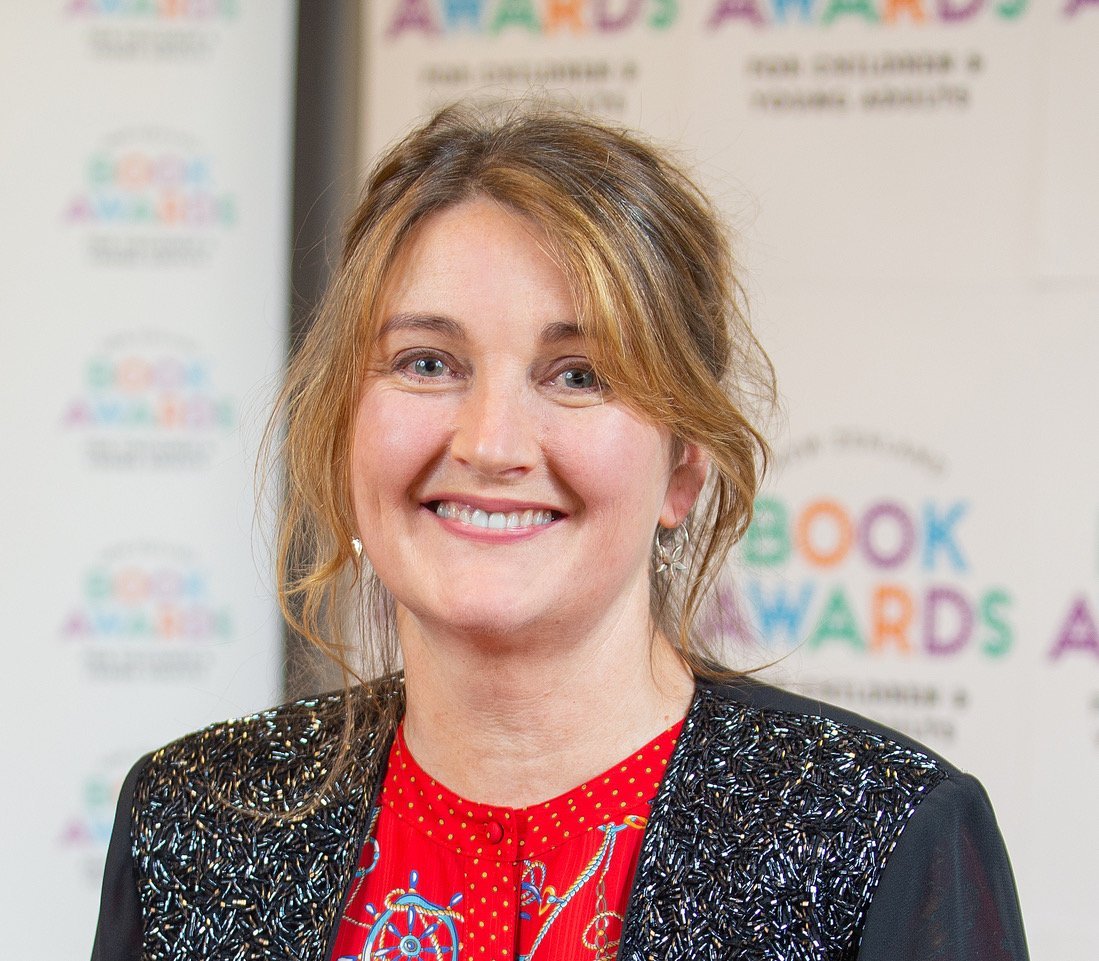
And sometimes ideas just do not work out.
"I’m very good at bad ideas.
"I once wanted to write about cherubs but they rang bells, everyone who thinks of angel babies thinks of dead babies — that’s a really bad idea for a picture book."
Now back in Wellington, Paul says the experience already seems like a long time ago but it was a wonderful opportunity to see more of a region she had only visited briefly in the past when visiting her husband’s family when they lived on a West Otago farm.
"I’d never really explored Dunedin. I loved doing the ghost walk because of the history, it really took you back to what the people were doing around those buildings."
Another favourite experience was watching the penguins come in at Pilots Beach and trips to Aramoana.
"There is a thriving children’s book community in Dunedin which took me under their wing, which was really nice."
She found getting to know the other Otago fellows a real pleasure, especially one lunch where they began talking about their creative processes and fellowship projects.
"I wouldn’t have sat down with a musician, a fine artist, an adult writer and a dancer before, all in one hit.
"Honestly, when we all got to the end, among all the different art forms, the process was so familiar — the feelings, the emotions, the stages — it was so good to have that discussion."
TO SEE:
Ruth Paul, Dunedin Writers and Readers Festival, Dunedin City Library, October 14, noon.






